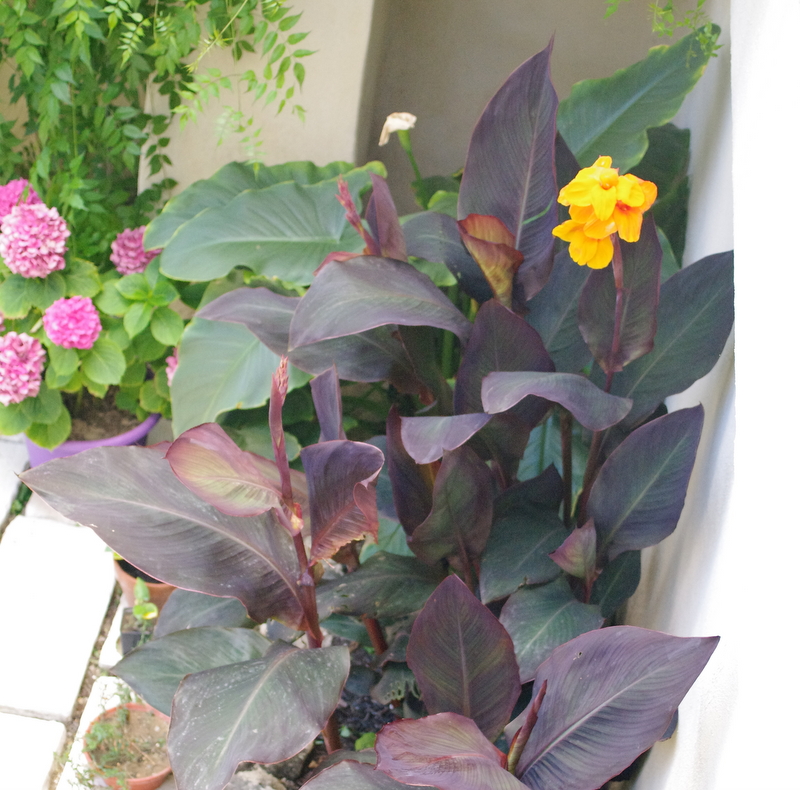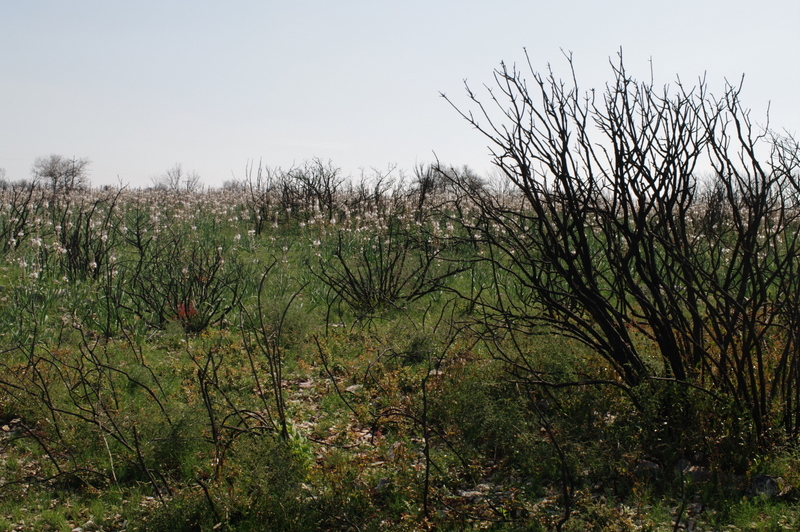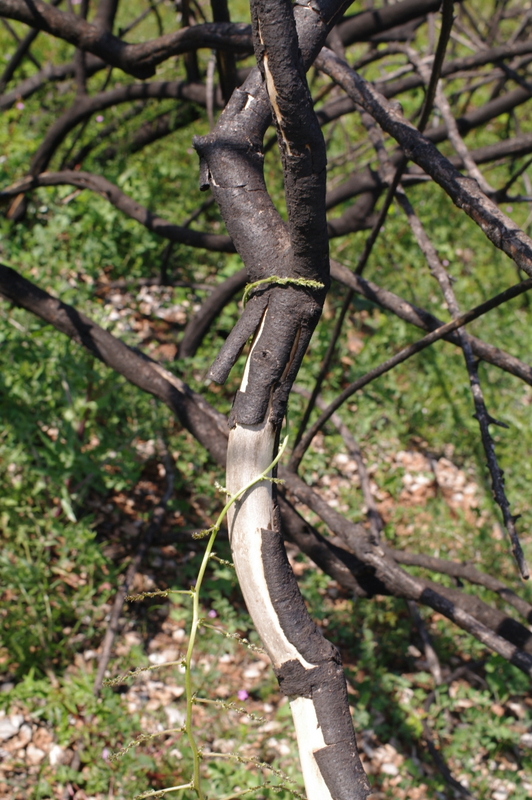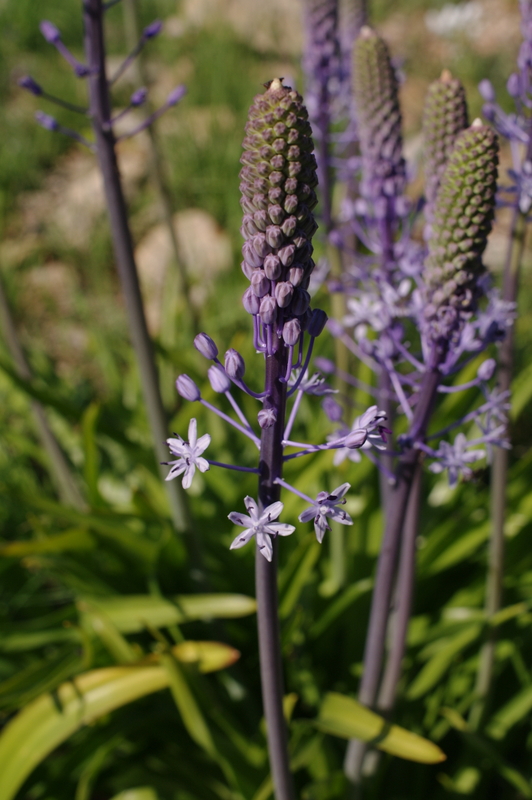Samedi 3 juin nous sommes rassemblés aux alentours de la source à Neffiès pour chercher des plantes de la garrigue. La carte géologique nous montre que nous sommes just au-dessus du niveau de la mer d’il y a une vingtaine de millions d’années – sur la falaise, en effet! Et que les terres sont une mélange complexe de calcaire ancien de 400 millions d’années, et des roches sédimentaires soulevées par le plissement suite à la formation des Alpes il y a 30 millions d’années. Donc on allait trouver une variété de plantes qui poussent dans les sols calcaires dures, meubles et même des sols plus acides.
Nous avons remarqués beaucoup d’espèces de plantes pendant 2 heures – j’ai compté plus de 75. Vu qu’une personne dans notre groupe nous a raconté que des botanistes ont trouvé plus de 200 espèces chez elle, nous n’avons pas tout vu! Pour mettre un peu d’économie dans les photos, je vais donner une liste des espèces qu’on a vues mais que je n’ai pas prises en photo, ou que j’ai mises sur ce blog l’année dernière : vous pouvez quand-même trouver quelques clichés sur ce blog (Voir le rubric ‘Categories’ à droite).
Puis je donnerai les espèces qui ne figuraient pas en 2022.
Plantes vues en 2022 (à chercher ici)
L’Herbe au bitume (Psoralea bitumenosa)
L’Immortelle (Helichrysum stoechas)
Le Chardon roulant ou Panicaut (Eryngium campesttre)
La Salsepareille (Smilax aspera)
Le Genévrier (Juniperus communis)
L’Asperge (Asparagus acutifolius)
La Cuscute (Cuscuta epithymum)
Le Petit Sauge de Jérusalem (Phlomis lychnitis)
Le Réséda raiponce (Reseda phyteuma)
Le Réséda jaune (Reseda lutea)
L’Euphorbe de Nice (Euphorbia niceaensis)
La Grande Euphorbe (Euphorbia characias)
Le Lentisque (Pistacia lentiscus)
La Molène sinuée (Verbascum sinuatum)
Le Ciste de Montpellier (Cistus monspeliensis)
Le Ciste cotonneux (Cistus albidus)
Le Ciste à feuilles de sauge (Cistus salvaefolius)
L’Hélianthème des Apennins (Helianthemum apenninum)
La Rue d’Alep (Ruta chalepensis)
Plantes avec photo (samedi)
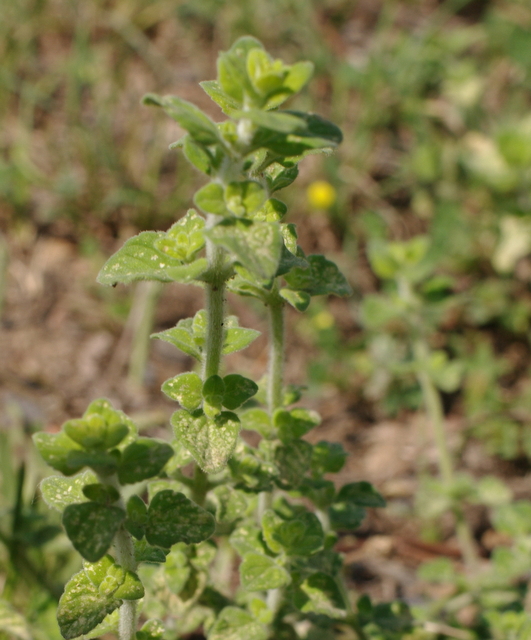

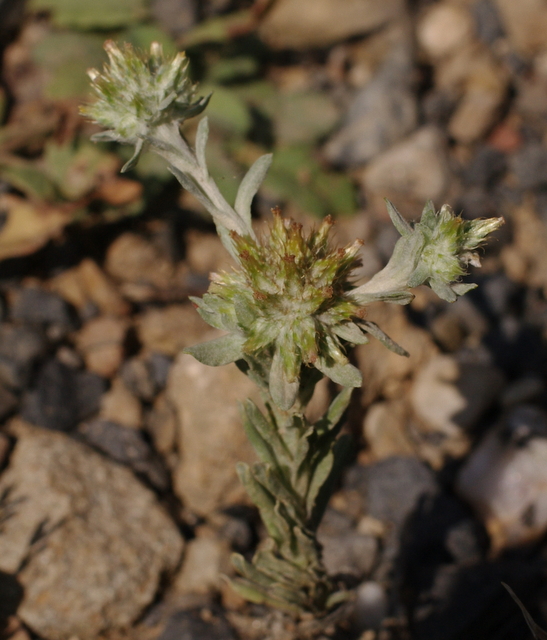



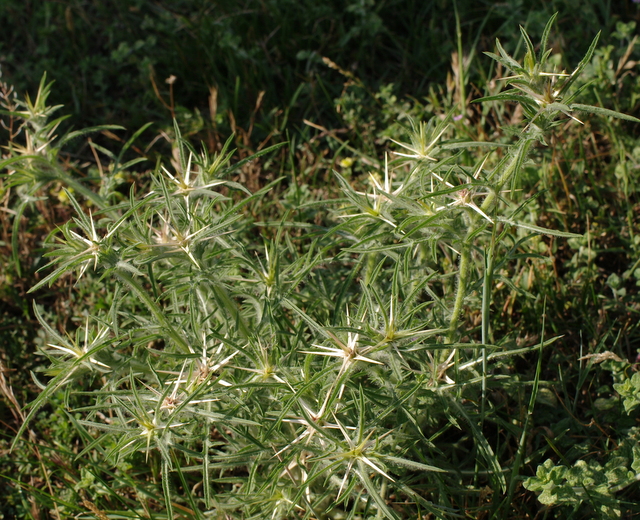


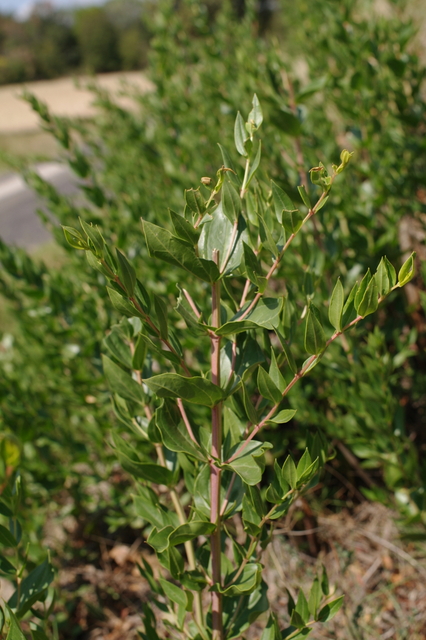










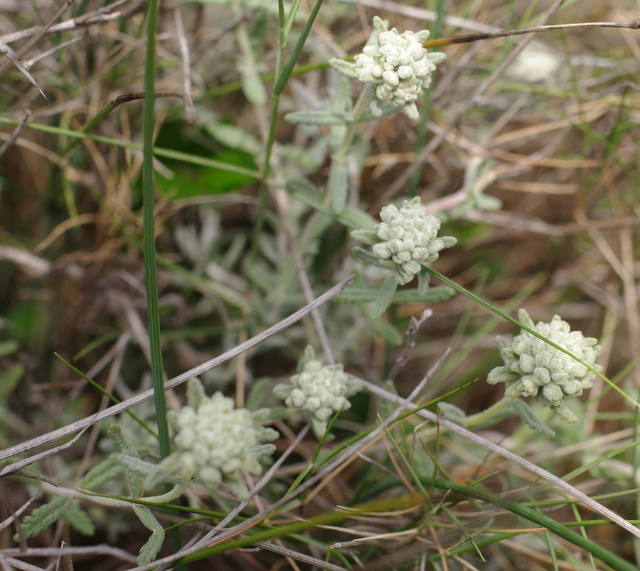




Plantes sans photo – à trouver ailleurs sur ce blog, ou en ligne.
Le Filaire (Phillyrea angustifolia), L’Urosperme de Daléchamps (Urospermum dalechampii)
Le Trèfle champêtre (Trifolium campestre), Le Cirse commun (Cirsium vulgare)
La Vipérine (Echium vulgare), Le Chardon laiteux (Galactites tomentosa)
Le Rouvet (Osyris alba), Le Mouron des oiseaux (Anagallis foemina)
Le Pallénis épineux (Pallenis spinosa), Le Sénecon du Cap (Senecio inaequidens)
Le Thym (Thymus vulgare), Le Genêt d’Espagne (Spartium junceum)
La Badasse (Dorycnium pentaphyllum), L’Inule visqueuse (Dittrychia graveolens)
Le Liseron de Biscaye (Convolvulus cantabrica), Le Sédum/Orpin (Sedum sediforme)
Les Chênes vert, kermès et blanc (Quercus ilex, coccifera et humilis)
La Chèvrefeuille des Baléares (Lonicera implexa), L’Aphyllanthe (Aphyllanthes monspeliensis)
La Vigne blanche (Clematis vitalba), Le Fenouil (Foeniculum vulgare)
La Knautie/’Scabieuse’ (Knautia integrifolia), L’Anthémis des champs (Anthemis arvensis)

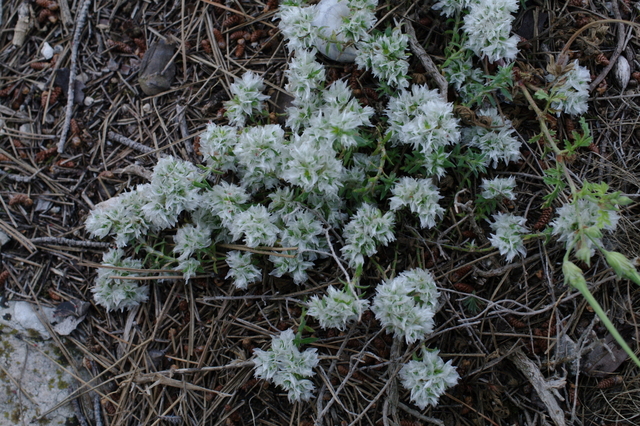

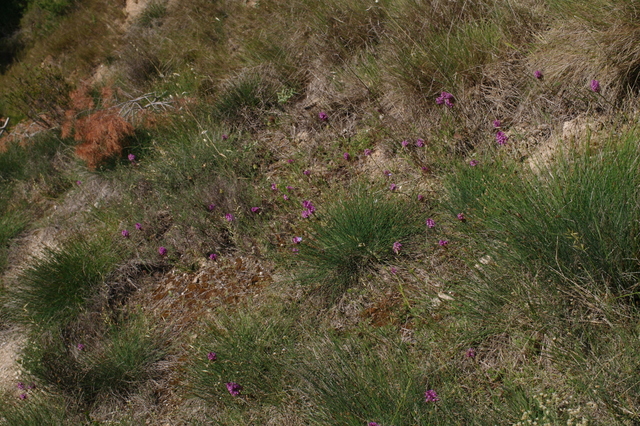
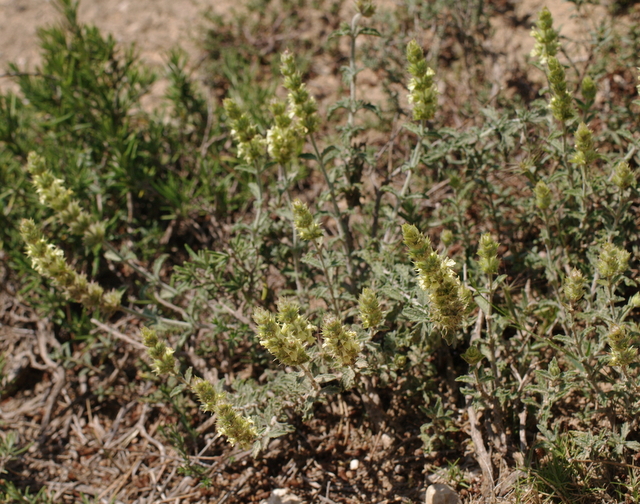



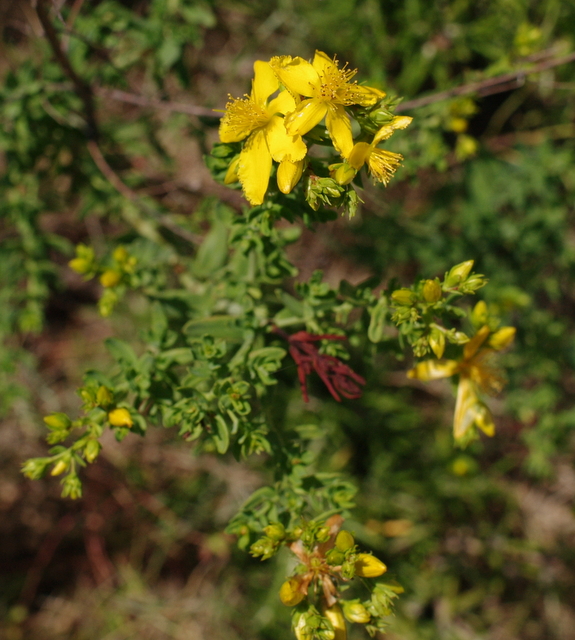



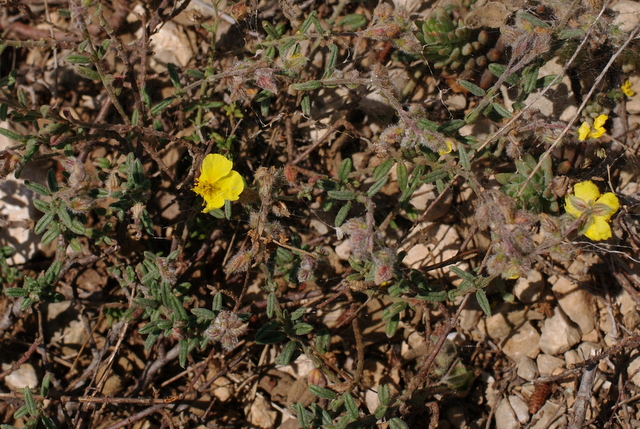
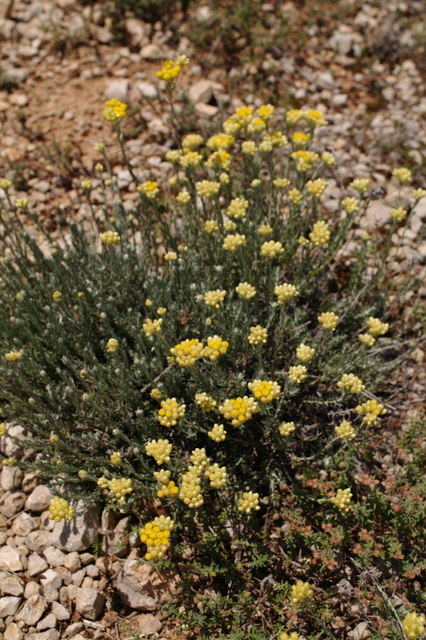




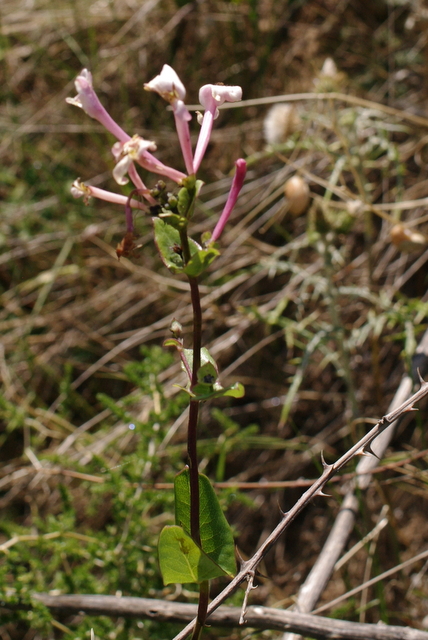
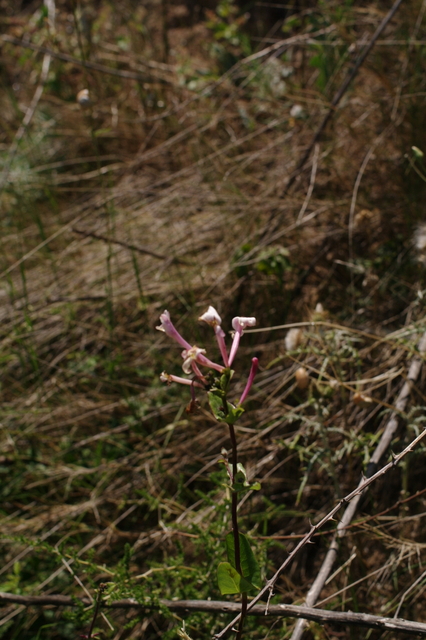
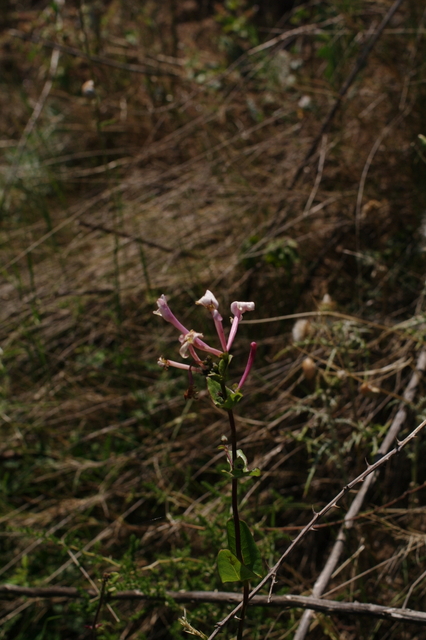
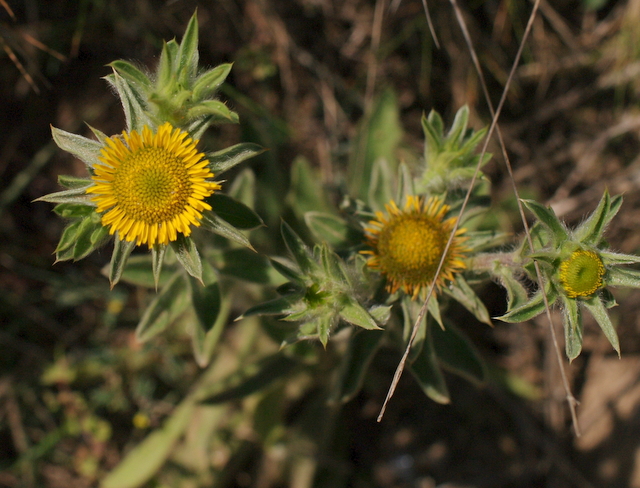




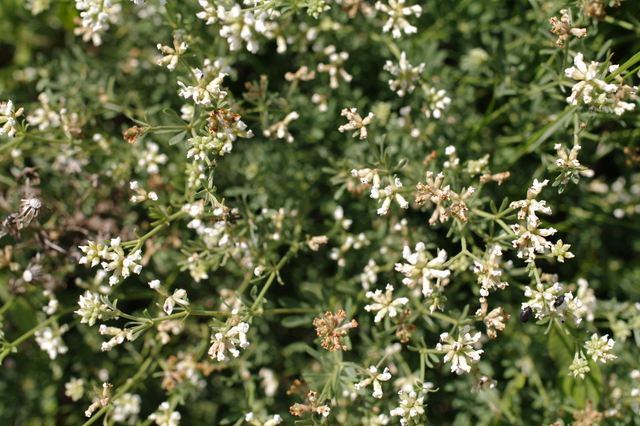

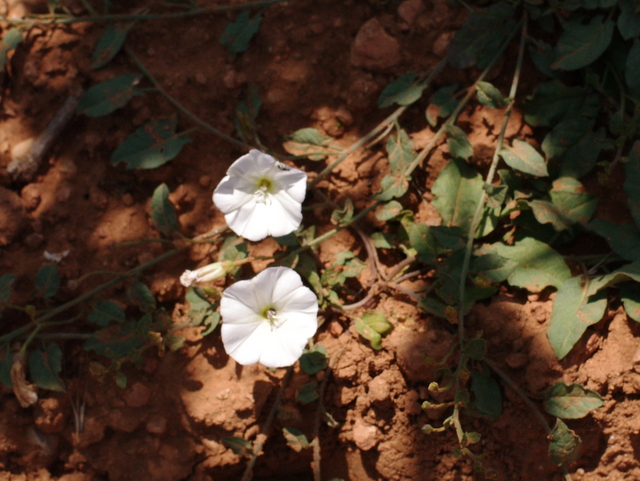

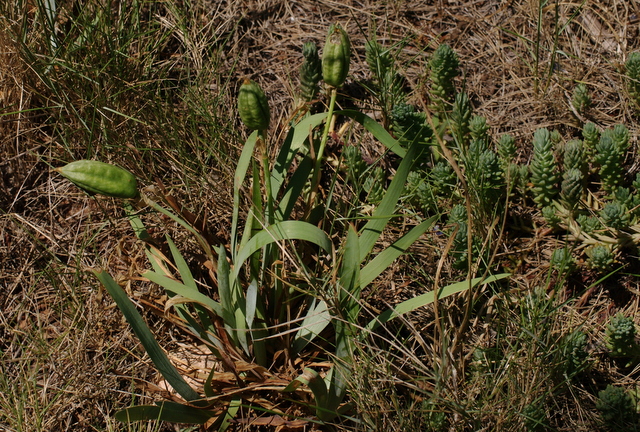
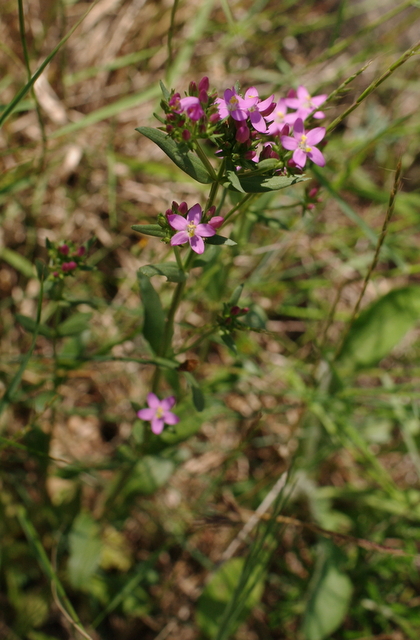







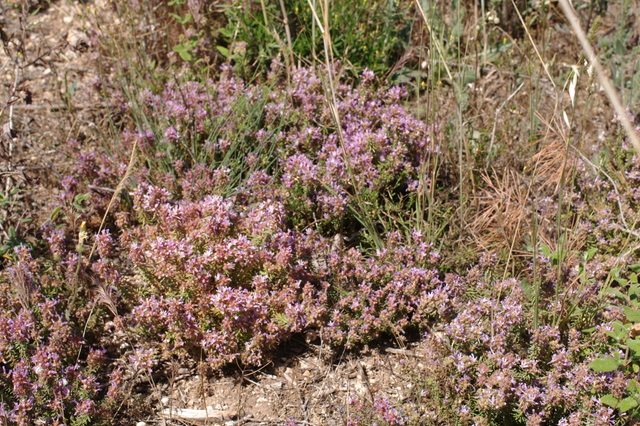



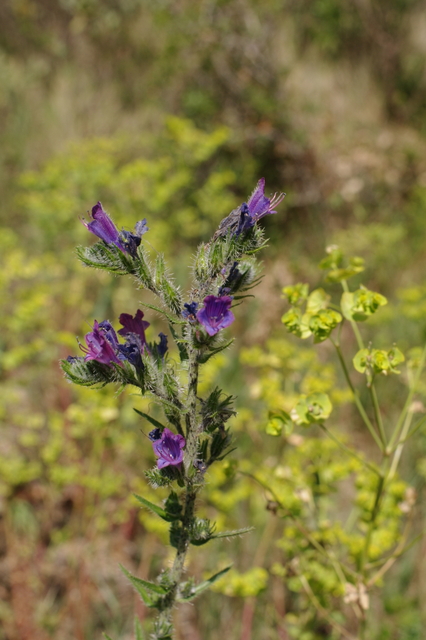


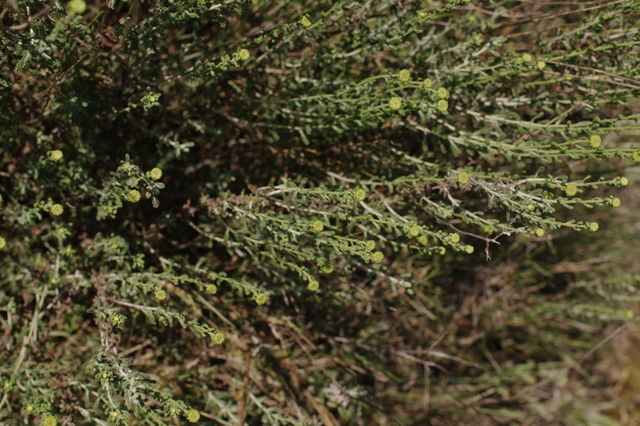

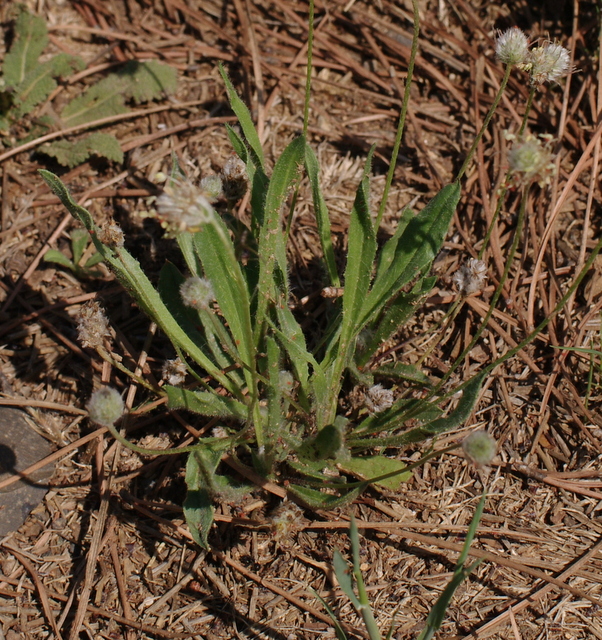


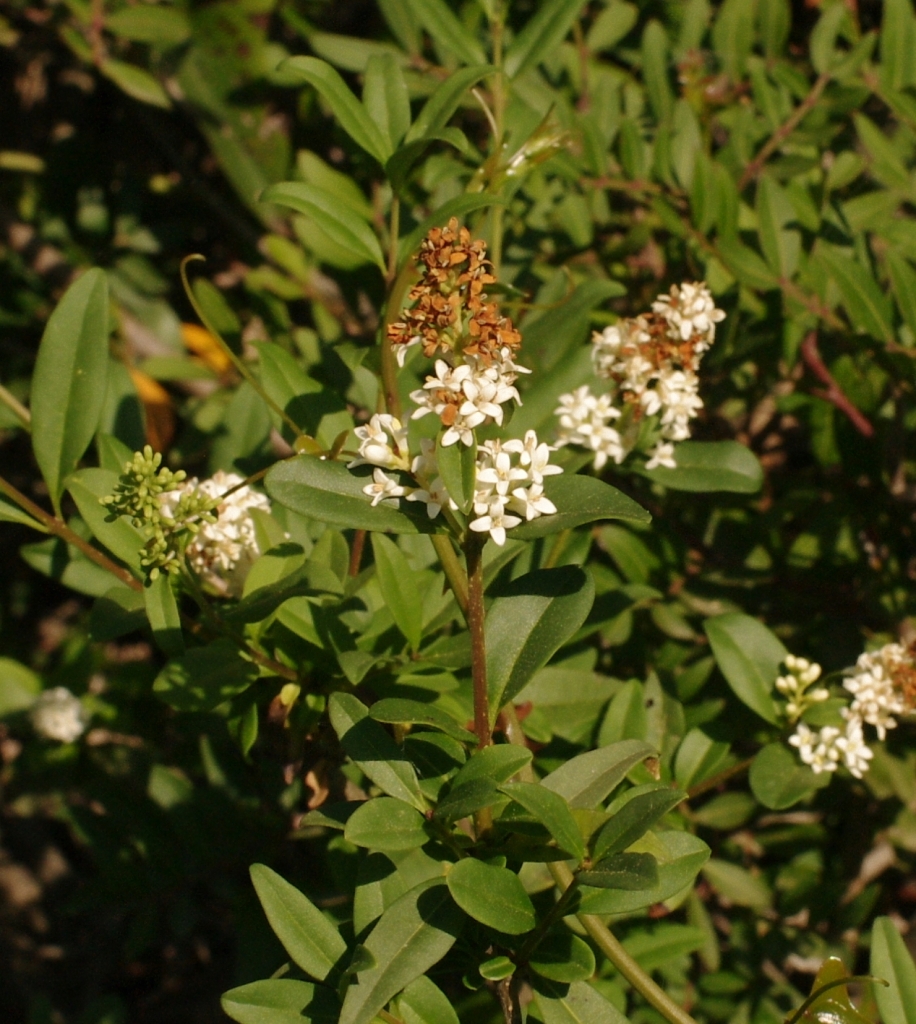
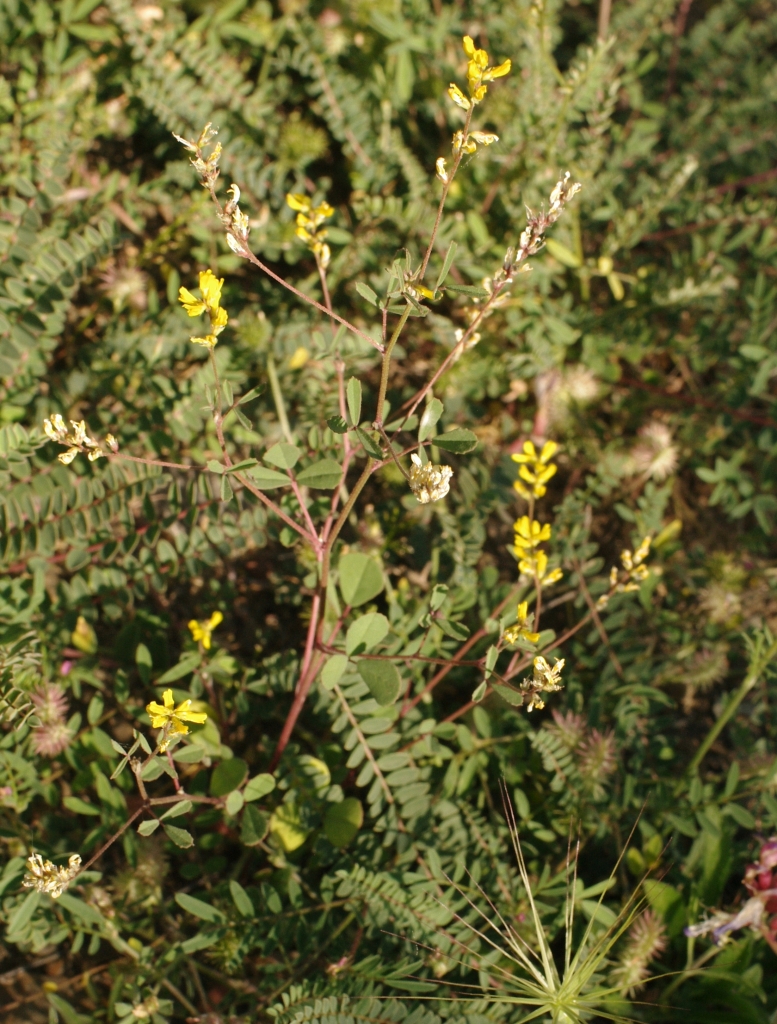


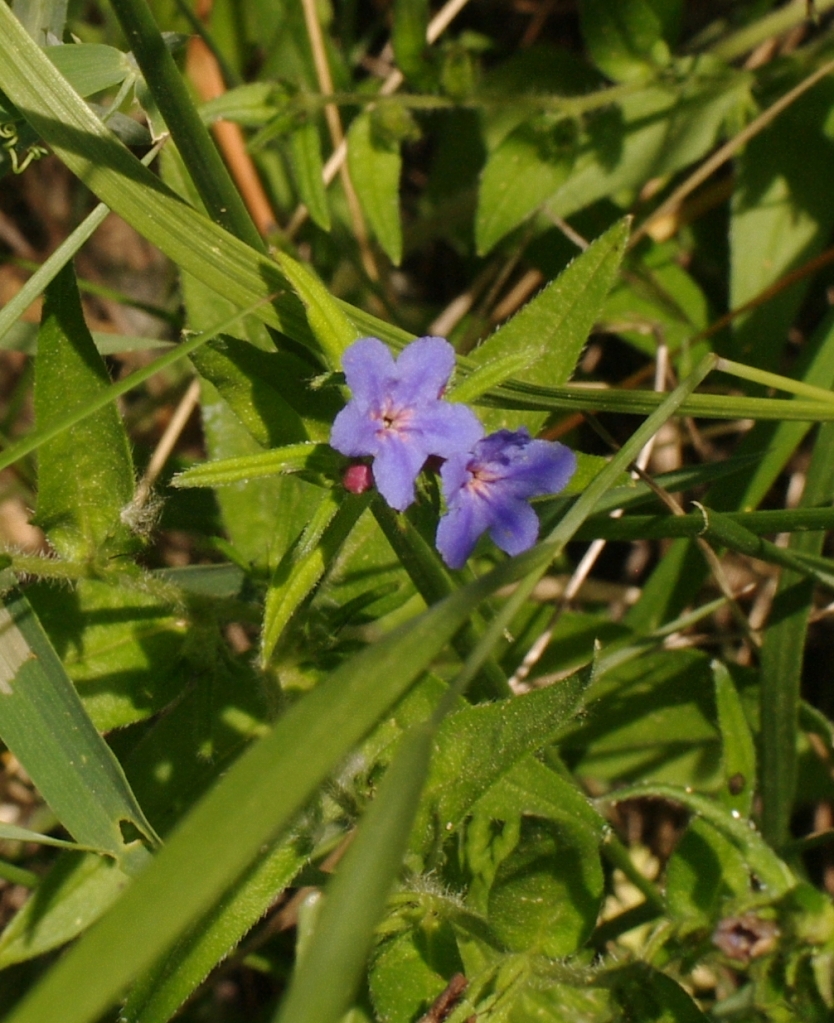

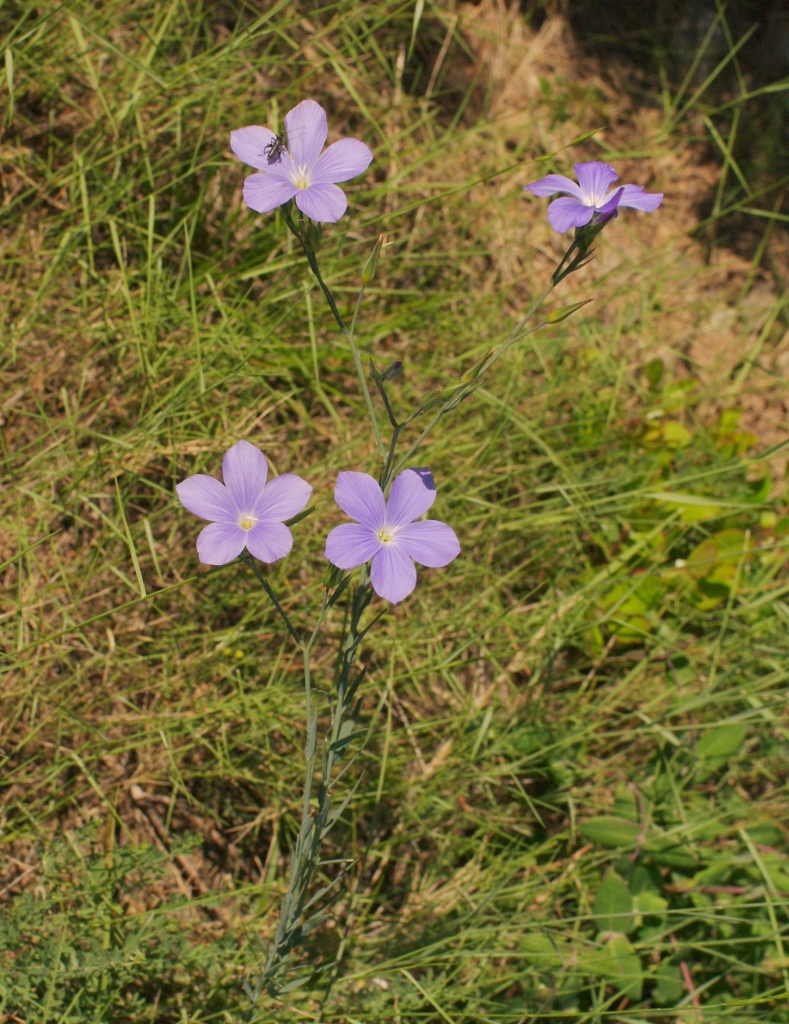

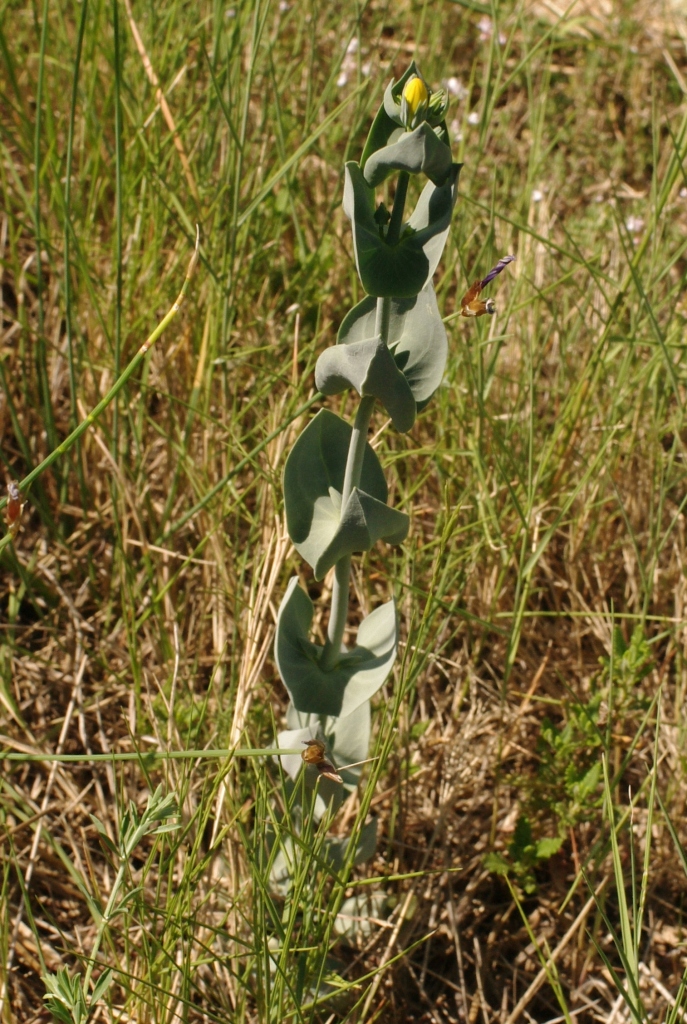










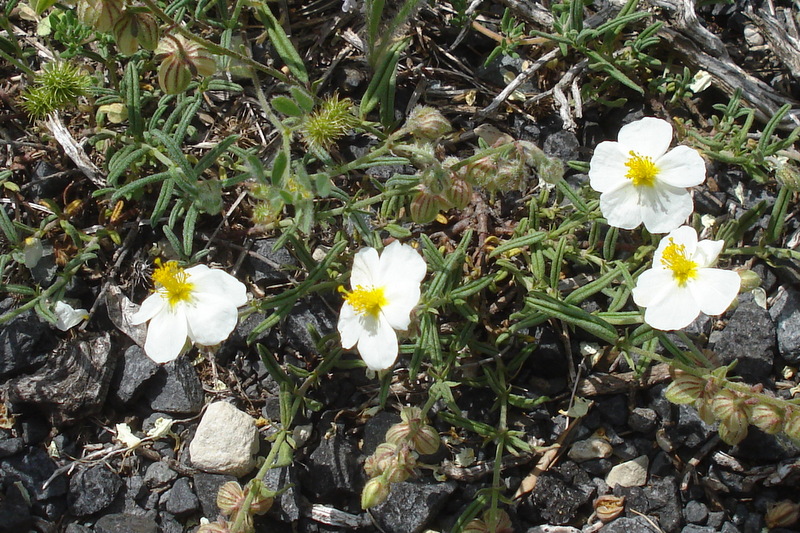


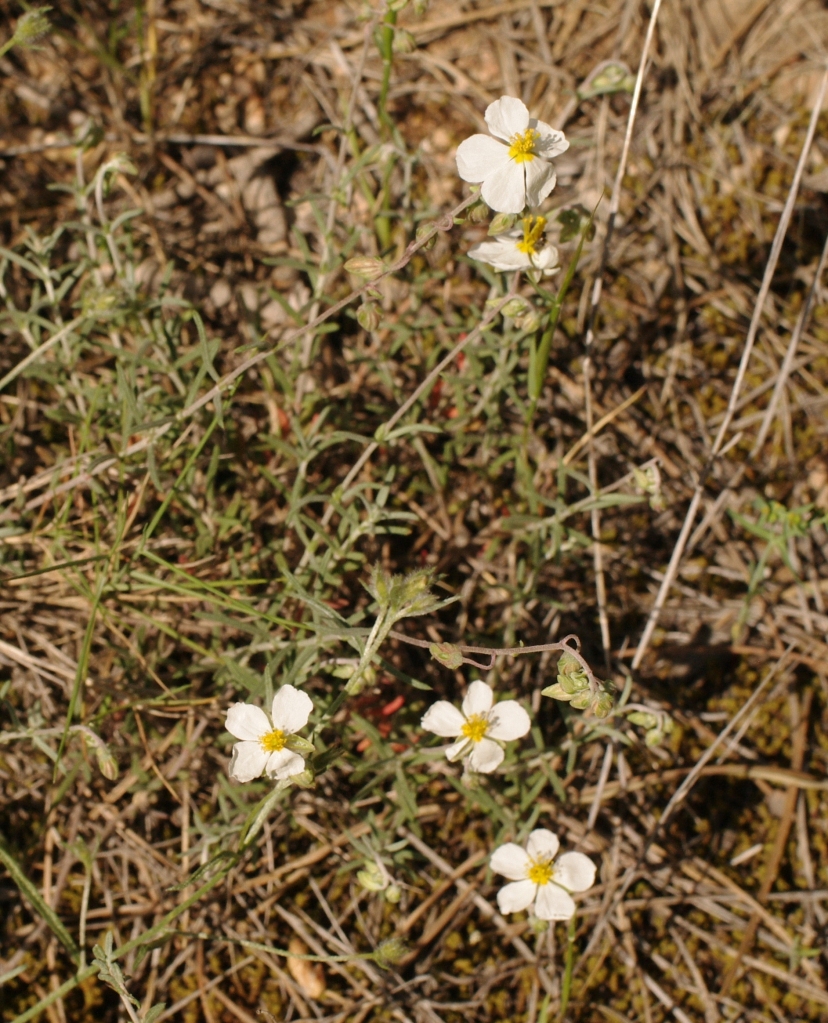







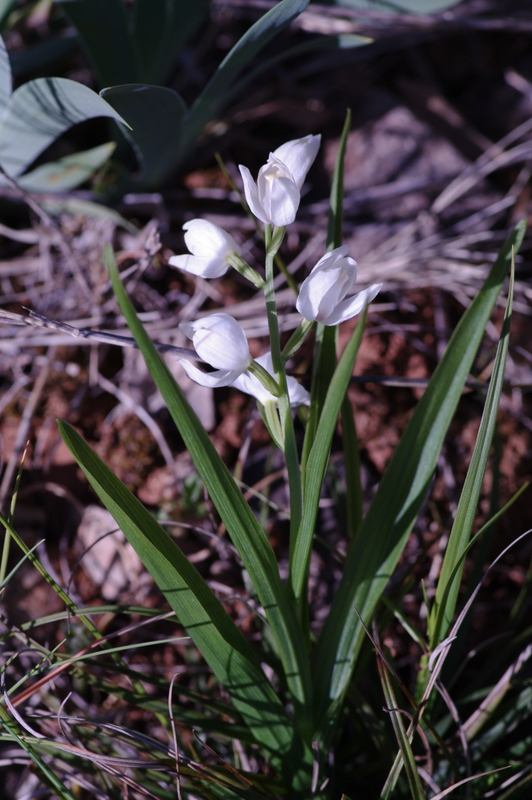







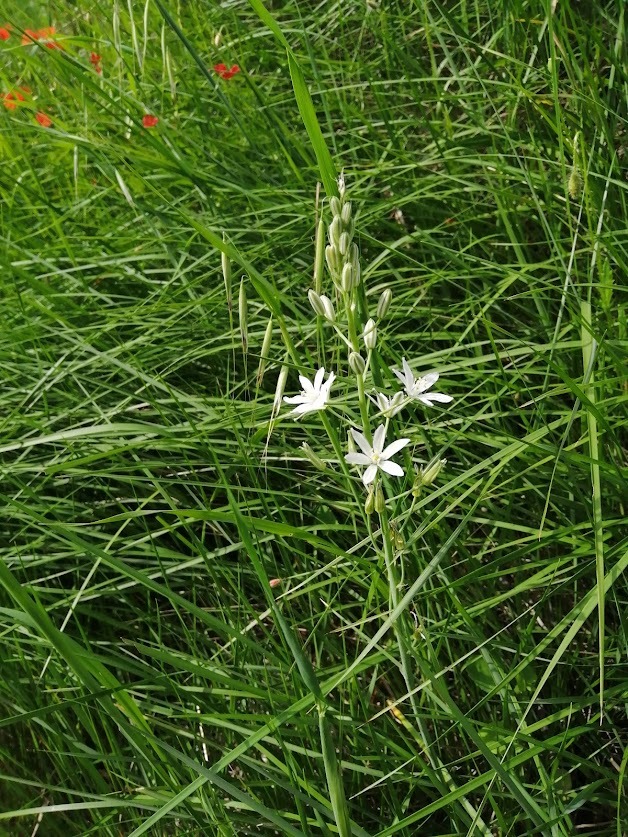




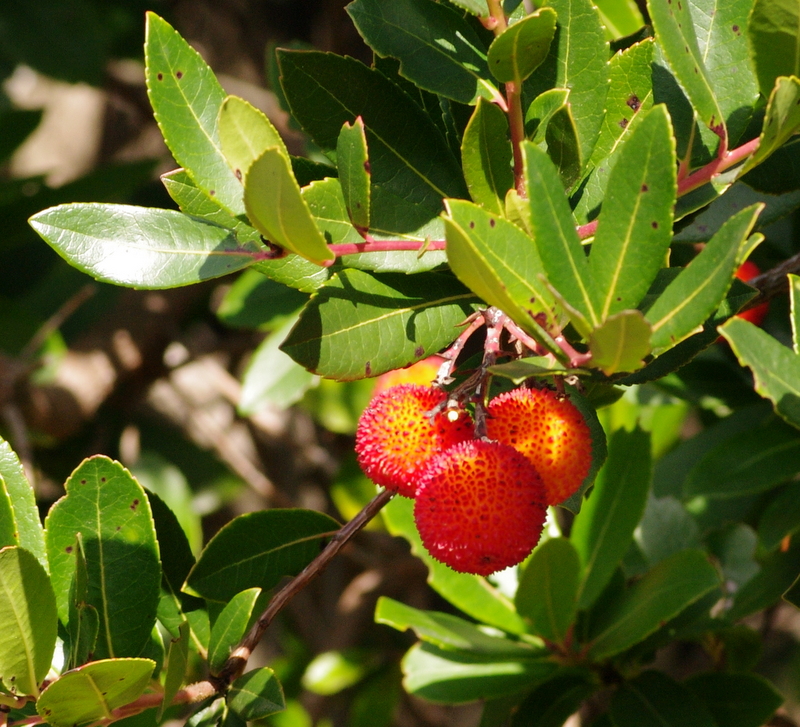









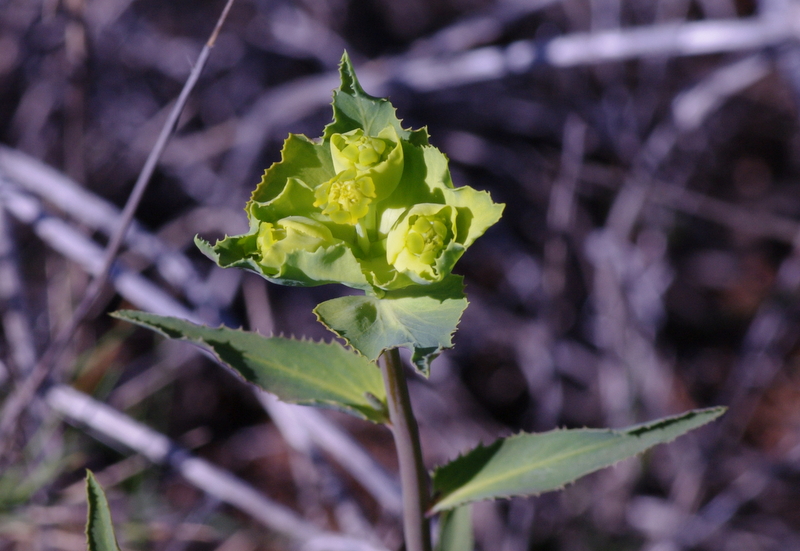
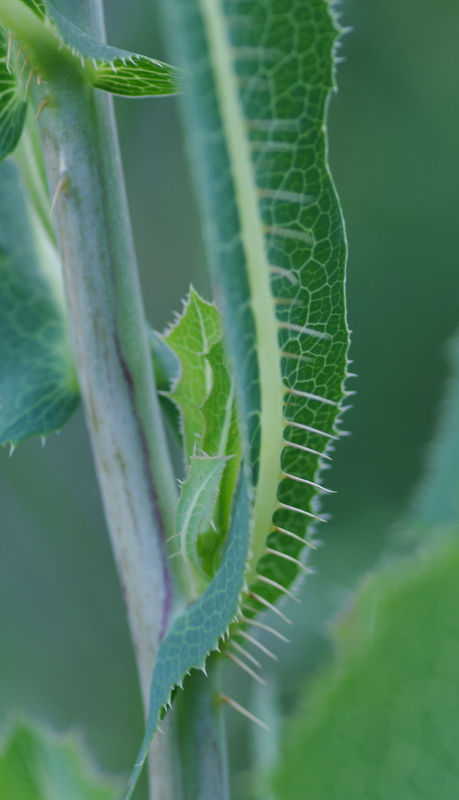
 Reichardia picroides / Reichardia faux-picris ou terre-grièpe / La teèra-grèpia, la coscorilha, la costelina / Reichardia
Reichardia picroides / Reichardia faux-picris ou terre-grièpe / La teèra-grèpia, la coscorilha, la costelina / Reichardia Hypericum perforatum / Millepertuis / Lo tres flori, lo trescalan / St John’s wort
Hypericum perforatum / Millepertuis / Lo tres flori, lo trescalan / St John’s wort Tuberaria guttata / Heliantheme a gouttes / Xolanthe / Spotted annual rockrose
Tuberaria guttata / Heliantheme a gouttes / Xolanthe / Spotted annual rockrose Lavandula stoechas / La lavande à toupet / l’estacada / French lavender
Lavandula stoechas / La lavande à toupet / l’estacada / French lavender
 Petrorhagia velutina / L’Oeillet douteux / L’Ulhet, la giroflada, lo massoquet
Petrorhagia velutina / L’Oeillet douteux / L’Ulhet, la giroflada, lo massoquet  Des espèces sauvages ! / Los especis salvatges ! / The wild bunch
Des espèces sauvages ! / Los especis salvatges ! / The wild bunch

 Echium vulgare / La Viperine / Lo borratge bastard / Viper’s bugloss
Echium vulgare / La Viperine / Lo borratge bastard / Viper’s bugloss Aphyllanthe monspeliensis / l4Aphyllanthe / Lo blavet, lo bragalon / aphyllanthes
Aphyllanthe monspeliensis / l4Aphyllanthe / Lo blavet, lo bragalon / aphyllanthes Ophrys scolopax / L’Orchis bécasse / l’orquis, lo cocorèl / woodcock orchid
Ophrys scolopax / L’Orchis bécasse / l’orquis, lo cocorèl / woodcock orchid Anacmptis pyramidalis / L’Orchis pyramidale / L’Orquis, lo cocorèl / pyramidal orchid
Anacmptis pyramidalis / L’Orchis pyramidale / L’Orquis, lo cocorèl / pyramidal orchid Coriaria myrtifolia / La Coriaire ou corroyère à feuilles de myrte / l’èrba de redol, lo redon / Mediterranean coraria
Coriaria myrtifolia / La Coriaire ou corroyère à feuilles de myrte / l’èrba de redol, lo redon / Mediterranean coraria
 Orobanche gracilis / l’Orobanche / l’orobanque, l’èrba del taure, l’espargola salvatja / slender broomrape
Orobanche gracilis / l’Orobanche / l’orobanque, l’èrba del taure, l’espargola salvatja / slender broomrape Lathyrus latifolius / La gesse des bois / lo misset, la veça d’ase / red sweet pea
Lathyrus latifolius / La gesse des bois / lo misset, la veça d’ase / red sweet pea Vicia hirsuta / La vesce hérissée / La cabriveça, lo gercil / hairy tare
Vicia hirsuta / La vesce hérissée / La cabriveça, lo gercil / hairy tare
 Pallenis spinosa / Le pallénis épineux / Lo bolèg pnchut /
Pallenis spinosa / Le pallénis épineux / Lo bolèg pnchut /  Verbascum thapsus / Le bouillon blanc ou molène / l’aurelha d’ase, la candela de St Joan / great mullein
Verbascum thapsus / Le bouillon blanc ou molène / l’aurelha d’ase, la candela de St Joan / great mullein Jasminum fruticans / le jasmin jaune / l’embriac, las escarilhas / wild jasmine
Jasminum fruticans / le jasmin jaune / l’embriac, las escarilhas / wild jasmine Andryala integrifolia / L’Andryala
Andryala integrifolia / L’Andryala Lactuca perennis / La laitue vivace / lo brèu, lo lachichon / mountain lettuce
Lactuca perennis / La laitue vivace / lo brèu, lo lachichon / mountain lettuce

 Retour à Gabian / Tornam a Gabian
Retour à Gabian / Tornam a Gabian Dorycnium pentaphyllum / Badasse / lo pè d’aucèl / dorycnium
Dorycnium pentaphyllum / Badasse / lo pè d’aucèl / dorycnium Trifolium stellatum / Le trèfle étoilé / lo trefuelh estelat / star clover
Trifolium stellatum / Le trèfle étoilé / lo trefuelh estelat / star clover Campanula rapunculoides / le faux-raiponce / las campanetas / creeping bellflower
Campanula rapunculoides / le faux-raiponce / las campanetas / creeping bellflower Vue dans un jardin / vista dins l’ort : Euphorbia lathyris / l’euphorbe épurge / la catapuça, la cataça / caper spurge
Vue dans un jardin / vista dins l’ort : Euphorbia lathyris / l’euphorbe épurge / la catapuça, la cataça / caper spurge


